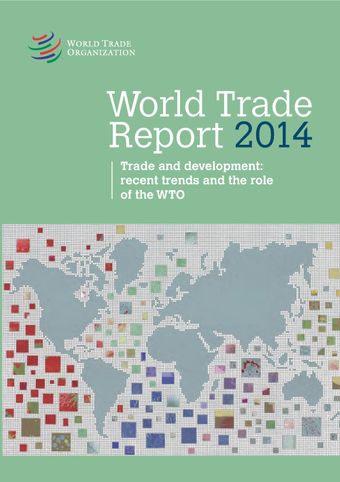- Home
- Books
- World Trade Report 2014
- Chapter
The WTO and developing countries

- By: World Trade Organization
- Source: World Trade Report 2014 , pp 188-208
- Publication Date: September 2014
- DOI: https://doi.org/10.30875/91c45189-en
- Language: English French, Spanish
This section discusses a number of the WTO’s features which help underpin development and explain their economic rationale. It is divided into four subsections. The first one illustrates how the WTO has been useful in helping developing countries take advantage of and manage the challenges arising from the four trends portrayed in the previous sections. The second subsection discusses, from an economic perspective, the role that commitments and flexibilities in trade agreements play for development. Economic literature supports the view that WTO rules and disciplines promote growth by providing the predictable environment that businesses require to flourish. At the same time, it justifies the existence of WTO flexibilities, including through special and differential (S&D) treatment, on the basis of market failures and the different ability of WTO members to implement obligations. The third subsection describes the specific rules and disciplines that specifically apply to developing countries. The final subsection illustrates the institutional features particularly relevant for developing country members.
-
From This Site
/content/books/9789287042217s004-c011dcterms_subject,pub_countryId-contentType:WorkingPaperSeries -contentType:Periodical -contentType:BookSeries -contentType:ReportSeries105


